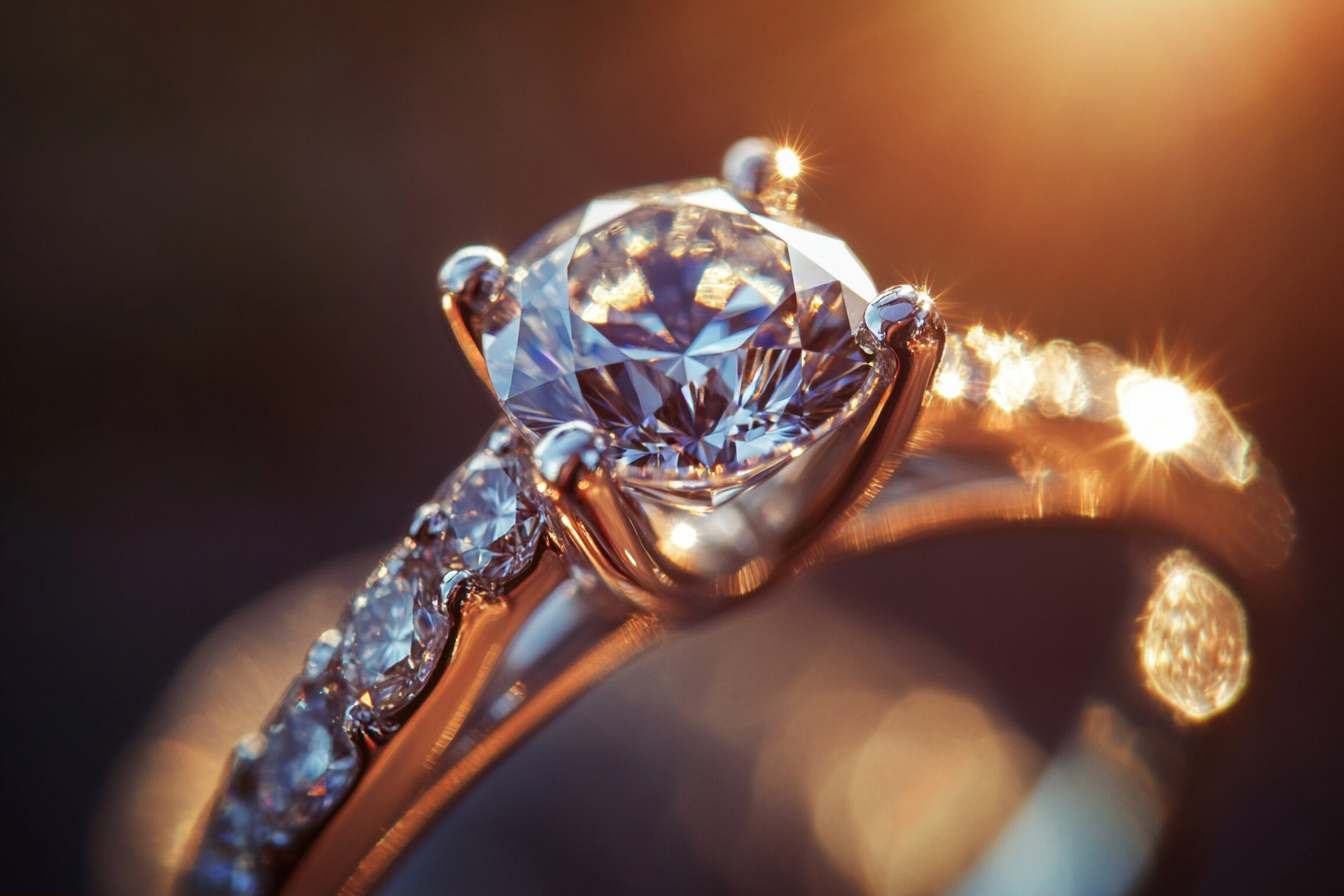Lab Diamonds Are Taking Over — Prices & Trends
The diamond industry is experiencing a significant transformation as laboratory-grown diamonds capture increasing market share. These scientifically created gems offer identical physical and chemical properties to their mined counterparts while presenting compelling advantages in pricing, ethical sourcing, and environmental impact. Understanding current market dynamics, pricing structures, and emerging trends helps consumers navigate this evolving landscape with confidence.

The diamond industry stands at a pivotal moment as laboratory-grown diamonds reshape traditional market dynamics. These scientifically produced gems have moved from niche curiosity to mainstream acceptance, fundamentally altering how consumers approach diamond purchases. The shift represents more than just technological advancement—it reflects changing values around sustainability, transparency, and value proposition in luxury goods.
What Are Popular Lab Diamond Jewelry Styles
Contemporary lab diamond jewelry embraces both classic and innovative designs. Engagement rings remain the dominant category, with solitaire settings, halo designs, and three-stone configurations leading preferences. Tennis bracelets and stud earrings have gained significant traction among younger demographics. Fashion-forward pieces include stackable rings, geometric pendants, and mixed-metal designs that showcase the versatility of laboratory-grown stones. The ability to produce larger carat weights at accessible price points has enabled designers to create statement pieces previously reserved for ultra-luxury markets.
Understanding Market Demand and Consumer Preferences
Millennial and Gen Z consumers drive the laboratory-grown diamond surge, prioritizing ethical sourcing and environmental responsibility. Market research indicates that over 70% of younger buyers consider sustainability factors when making jewelry purchases. Price sensitivity also influences decisions, with consumers appreciating the opportunity to maximize carat weight and quality within budget constraints. Traditional luxury consumers show increasing acceptance, particularly when educated about identical physical properties and gemological characteristics. The shift reflects broader consumer trends toward conscious consumption and value-driven purchasing decisions.
How Lab-Grown Diamonds Serve as Affordable Alternatives to Natural Diamonds
Laboratory-grown diamonds typically cost 30-50% less than equivalent natural stones, creating significant value propositions for consumers. This price differential allows buyers to upgrade carat size, clarity grade, or setting complexity while maintaining budget parameters. The cost advantage stems from controlled production environments and shorter supply chains compared to traditional mining operations. Quality remains consistent across laboratory-grown options, with identical hardness, brilliance, and fire characteristics. The affordability factor has democratized access to high-quality diamonds, expanding market reach beyond traditional luxury segments.
Current Lab-Grown Diamond Price Structures
Pricing for laboratory-grown diamonds varies significantly based on the four Cs: carat, cut, color, and clarity. Market dynamics show continued price evolution as production scales and technology advances. Understanding these pricing structures helps consumers make informed purchasing decisions across different quality grades and sizes.
| Carat Weight | Quality Grade | Price Range | Provider Examples |
|---|---|---|---|
| 1.0ct | VS1-VS2, G-H | $800-$1,200 | James Allen, Brilliant Earth |
| 1.5ct | VS1-VS2, G-H | $1,500-$2,200 | Clean Origin, Ritani |
| 2.0ct | VS1-VS2, G-H | $2,500-$3,800 | Ada Diamonds, MiaDonna |
| 3.0ct | VS1-VS2, G-H | $4,500-$6,500 | Lightbox, Diamond Nexus |
Prices, rates, or cost estimates mentioned in this article are based on the latest available information but may change over time. Independent research is advised before making financial decisions.
Emerging Lab-Grown Diamond Trends
Technological advancement continues driving innovation in laboratory-grown diamond production. Chemical vapor deposition (CVD) and high-pressure high-temperature (HPHT) methods are becoming more refined, producing larger stones with fewer inclusions. Colored diamonds represent a growing segment, with fancy yellows, blues, and pinks becoming more accessible. Sustainability messaging has evolved beyond environmental benefits to include supply chain transparency and ethical labor practices. Custom cutting and personalization services are expanding, allowing consumers to create unique pieces tailored to individual preferences. The trend toward lab-grown diamonds in luxury watch applications and industrial uses demonstrates versatility beyond traditional jewelry markets.
The laboratory-grown diamond revolution reflects fundamental shifts in consumer values and technological capabilities. As production methods improve and market acceptance grows, these gems continue gaining ground against traditional alternatives. The combination of identical physical properties, ethical advantages, and compelling pricing positions laboratory-grown diamonds as a permanent fixture in the modern jewelry landscape. Understanding current trends and pricing structures empowers consumers to make informed decisions aligned with their values and budgets.




